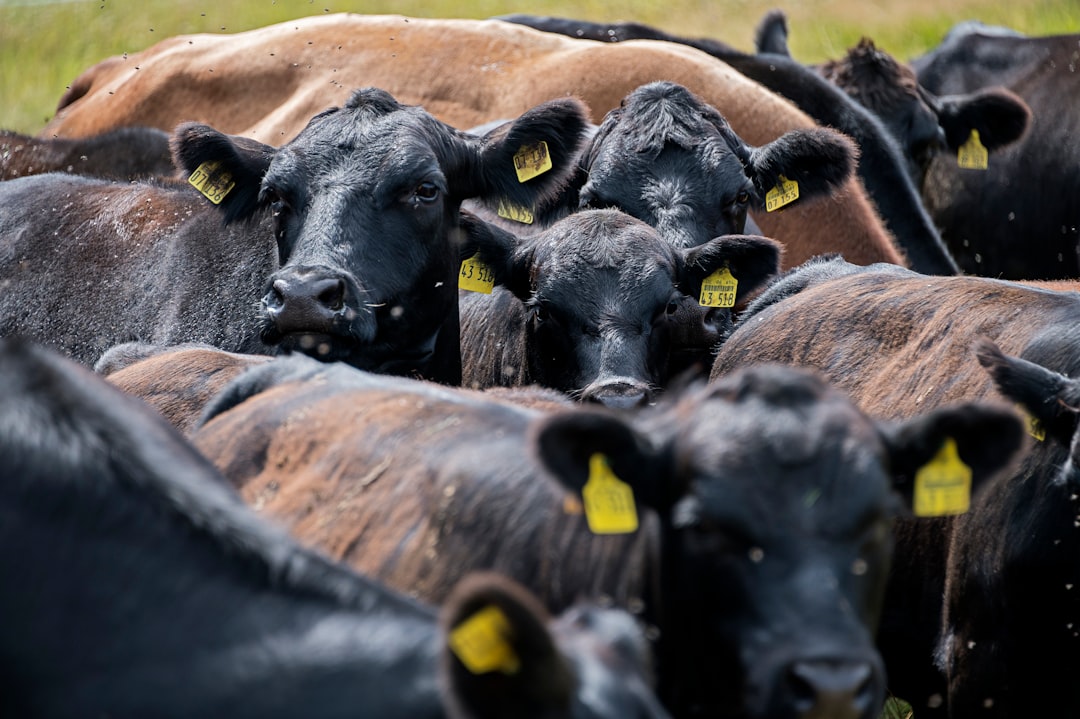Antimicrobial resistance (AMR) is a growing concern worldwide, with dairy farming playing a significant role in its development. The improper use of antibiotics in dairy production contributes to AMR, posing risks to both human health and animal welfare. Here’s a comprehensive overview of the global concerns surrounding AMR in dairy farming and strategies for its reduction.
Global Concerns
AMR is a pressing issue in dairy farming due to its impact on public health and the environment:
-
Public Health Risks
-
Consuming dairy products contaminated with antimicrobial-resistant bacteria can transfer resistance to humans, exacerbating infections and complicating treatment.
-
The spread of AMR through the food chain is a significant concern, with potential impacts on human health and mortality rates.
-
-
Environmental Impact
-
The misuse of antibiotics in dairy farming can lead to environmental contamination, further spreading AMR.
-
This contamination affects not only human health but also the health of wildlife and ecosystems.
-
Strategies for Reduction
Several strategies are being implemented to reduce AMR in dairy farming:
-
Responsible Use of Antibiotics
-
Prudent Use Guidelines: Encouraging the responsible use of antibiotics through guidelines like those from Teagasc helps minimize unnecessary treatments.
-
Selective Dry Cow Therapy: This approach reduces antibiotic use by only treating cows that are at risk of infection.
-
-
Preventative Measures
-
Biosecurity Protocols: Implementing robust biosecurity measures can prevent disease entry into farms, reducing the need for antibiotics.
-
Vaccination Programs: Regular vaccinations protect against common diseases, further reducing antibiotic use.
-
-
Digital Tools and Precision Farming
-
Digital Health Monitoring: Technologies like sensors and data analytics help detect health issues early, minimizing the need for antibiotics.
-
Precision Livestock Farming: This approach optimizes animal health and reduces disease incidence through targeted interventions.
-
Global Initiatives
International efforts are underway to address AMR in dairy farming:
-
One Health Approach
-
The One Health initiative integrates human, animal, and environmental health strategies to combat AMR, emphasizing a holistic approach to addressing this global challenge.
-
Collaboration between veterinarians, farmers, and policymakers is crucial for implementing effective AMR reduction strategies.
-
-
Monitoring and Regulation
-
Rigorous monitoring of antibiotic use and residues in dairy products ensures compliance with safety standards.
-
Regulatory frameworks support the responsible use of antibiotics and promote alternative treatments.
-
Conclusion
Addressing antimicrobial resistance in dairy farming requires a multifaceted approach that includes responsible antibiotic use, preventative measures, and the adoption of digital technologies. By implementing these strategies and supporting global initiatives, the dairy industry can reduce its contribution to AMR, ensuring a safer food supply and protecting both human and animal health.
Additional Resources
For more detailed information on addressing antimicrobial resistance in dairy farming, consider the following resources:
-
Scientific Studies: Review studies highlighting the impact of AMR in dairy farming and strategies for reduction.
-
Guidelines and Policies: Consult guidelines from organizations like Teagasc for responsible antibiotic use.
-
Global Reports: Explore reports from the World Organisation for Animal Health (OIE) on AMR and its implications for animal health.
Citations:
- https://www.scielo.br/j/abmvz/a/8wGNd5ghdq5DfQ4ksnV474C/?lang=en
- https://pmc.ncbi.nlm.nih.gov/articles/PMC10340576/
- https://www.frontiersin.org/journals/veterinary-science/articles/10.3389/fvets.2020.611682/full
- https://pmc.ncbi.nlm.nih.gov/articles/PMC11273838/
- https://www.mdpi.com/2079-6382/13/7/634
- https://www.teagasc.ie/media/website/animals/amr/Code-of-Good-Practice-for-Responsible-Use-of-AMs-on-Dairy-Farms.pdf
- https://fil-idf.org/news_insights/tackling-antimicrobial-resistance-in-the-dairy-sector-is-a-global-effort-to-ensure-animal-and-public-health-and-food-safety/
- https://www.woah.org/en/what-we-do/global-initiatives/antimicrobial-resistance/
- https://www.frontiersin.org/journals/veterinary-science/articles/10.3389/fvets.2024.1420282/full
- https://pubmed.ncbi.nlm.nih.gov/38661710/
- https://openknowledge.fao.org/server/api/core/bitstreams/b543413c-6f53-438a-9e67-9c035599e384/content
- https://www.scielo.br/j/abmvz/a/8wGNd5ghdq5DfQ4ksnV474C/?format=pdf&lang=en

Comments
No comments yet. Be the first to comment!
You must be logged in to comment. Login